Palace Tourist Hotel (파레스 관광호텔)
10.8Km 2025-08-18
13, Jungang-ro 160beon-gil, Dong-gu, Gwangju
+82-62-222-2525
Palace Tourist Hotel is located only a six-minute walk from Geumnamro 4(sa)-ga Station on Gwangju Subway Line 1. Nearby attractions within walking distance include Gwangju Art Street and Yangdong Market.
Jungoe Park (중외공원)
10.8Km 2021-10-25
52, Haseo-ro, Buk-gu, Gwangju
+82-62-613-7100
Jungoe Park is one of the nation's most famous leisure spaces. There is a children's grand park, the Olympic Garden, and the Olympic Monument. The children's grand park is especially popular on weekends and holidays.
There is also a folk museum, an education center, and the Biennale Exhibition Hall in the Biennale & Museum section of the park.
The park is most popular during fall for its beautiful foliage. In addition, the Rainbow Bridge is a symbol of the Biennale and was installed during the 1st Gwangju Biennale.
Chonnam National University Hospital (전남대학교병원)
10.9Km 2025-10-23
42 Jebong-ro, Dong-gu, Gwangju
With 114 years of history and tradition, CHONNAM NATIONAL UNIVERSITY HOSPITAL is Korea's best tertiary hospital that has led the development of Korea's medical science and improved public health.
Chonnam National University Hospital is the nation's largest multi-hospital system for each disease, and operates as the main hospital, as well as Chonnam National University Hospital in Hwasun, Chonnam National University Dental Hospital, Bitgoeul Chonnam National University Hospital, and Chonnam National University Children's Hospital.
We are striving to establish our identity as a national university hospital and to build a regionally essential healthcare system as a regional responsible medical institution. We will continue to play a leading role in the medical field by progressively redefining the functions and roles of education, research, and medical treatment. In addition, we will continue to challenge ourselves and do our best to become a reliable hospital that patients can visit at any time, a hospital that leads public healthcare, and a patient-oriented hospital that puts patient safety first.
Ramada Plaza By Wyndham Chungjang (라마다플라자 충장호텔)
10.9Km 2024-11-28
369 Cheonbyeonu-ro, Dong-gu, Gwangju
Ramada Plaza By Wyndham Chungjang is the second Ramada Plaza in Gwangju with a view of Mudeungsan Mountain and Gwanjucheon Stream. The hotel has spacious 95 rooms with facilities including a fitness center, male-only sauna and more. Convention Center with a view of Mudeungsan Mountain, lounge and entertainment facilities with a trendy style provide guests with the comfort for any type of travel.
Gwangju KIA Champions Field (광주-기아 챔피언스 필드)
11.0Km 2025-08-06
10 Seorim-ro, Buk-gu, Gwangju
070-7686-8000
Gwangju KIA Champions Field is the first open-air stadium in the country and houses INC COFFEE, making it a must-visit attraction for baseball fans. The café offers spacious seating and various bakery items– with the baseball-shaped bread being the most popular. There is also a photo zone, allowing visitors to capture the memories of their trip. With a seating capacity of 20,500, tickets for the seats can be purchased online or on-site.
Yangnim History & Culture Village (양림역사문화마을)
11.0Km 2023-11-28
7 Seoseopyeong-gil, Nam-gu, Gwangju
+82-62-676-4486
Yangnim History & Culture Village is located in the area where Western items and ideas first entered Gwangju over 100 years ago. As such, the neighborhood has a unique collection of Western architecture mixed with traditional hanok houses. There are also many houses of Christian missionaries, who facilitated the advancement of medicine and education in Gwangju. Some areas, such as Penguin Village, have been decorated with murals and outdoor exhibitions to promote art and tourism, helping the elderly locals to make a living.
Gwangju Yangdong Market (광주 양동시장)
11.1Km 2025-08-13
238 Cheonbyeonjwa-ro, Seo-gu, Gwangju
Yangdong Market started in the 1910s as a traditional market held on dates ending in 2 and 7 of every month on the white sand beach under Gwangjugyo Bridge. The market has a long history and local citizens have many sayings referring to the multitude of items available here. During the May 18th Democratic Uprising, both Yangdong and Daein Markets were a grand venue where the citizens of Gwangju gathered together to rally for democratization of the nation. Merchants of the markets provided food, beverages, and medicine to the protestors and participated in the movement alongside their fellow citizens.
Yangdong Market is an outstanding traditional market among all markets throughout the nation. The market has upgraded with the times to include modern conveniences, including a consolidated market logo, online shopping mall, and merchant education classes.
Dream People Enter (드림피플엔터)
11.1Km 2024-12-17
16 Cheonbyeonjwa-ro 338beon-gil, Nam-gu, Gwangju
Dream People Enter is an indoor ski class facility that visitors can enjoy throughout the year with beginner and intermediate slopes and auto slope for advanced learners. The class also go on field trips to Muju Deogyusan Resort and Welli Hilli Park for ski camps and lessons. There are ski and snowboard classes for both individuals and groups. It also has facility to repair ski gears, a storage, and a ski shop.
Namgwangju Market (남광주시장)
11.1Km 2023-11-20
117 Yangnim-ro, Dong-gu, Gwangju
+82-62-226-1101
Namgwangju Market formed naturally in the area around the old Namgwangju Station, selling everything from seafood and fresh produce to household items. The market suffered a lot when the train station was closed, but it is still very famous for fresh fish, which comes in every morning between 2 and 5 AM. Due to this, there are many raw fish restaurants in the area, with fresh fish and very affordable prices.
Geomok Hanjeongsik (거목한정식)
11.1Km 2024-02-13
3-6 Cheonbyeonjwa-ro 364beon-gil, Nam-gu, Gwangju
+82-62-672-0333
Geomok Hanjeongsik is a restaurant that specializes in Namdo-style hanjeongsik (Korean table d'hote). Offering a singular menu item, hanjeongsik, guests select their preferred price range and the number of diners, and the dishes are prepared accordingly. A unique feature of this establishment is the seasonal variety of side dishes, ensuring a different culinary experience with each visit. Emphasizing health, the restaurant avoids strong-tasting chemical seasonings. Set in a converted hanok (traditional Korean house), Geomok Hanjeongsik provides a traditional atmosphere, enhancing the dining experience.
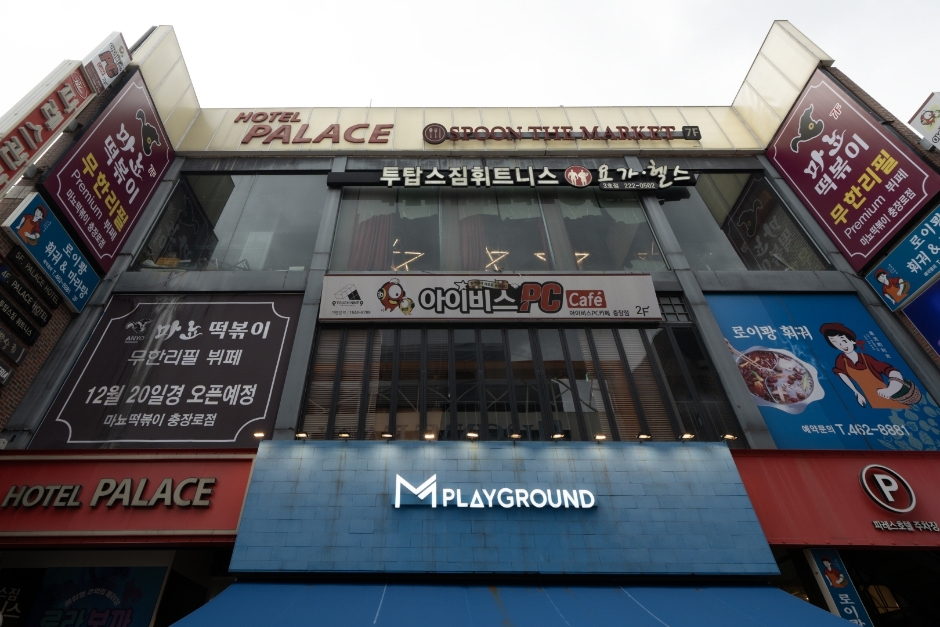

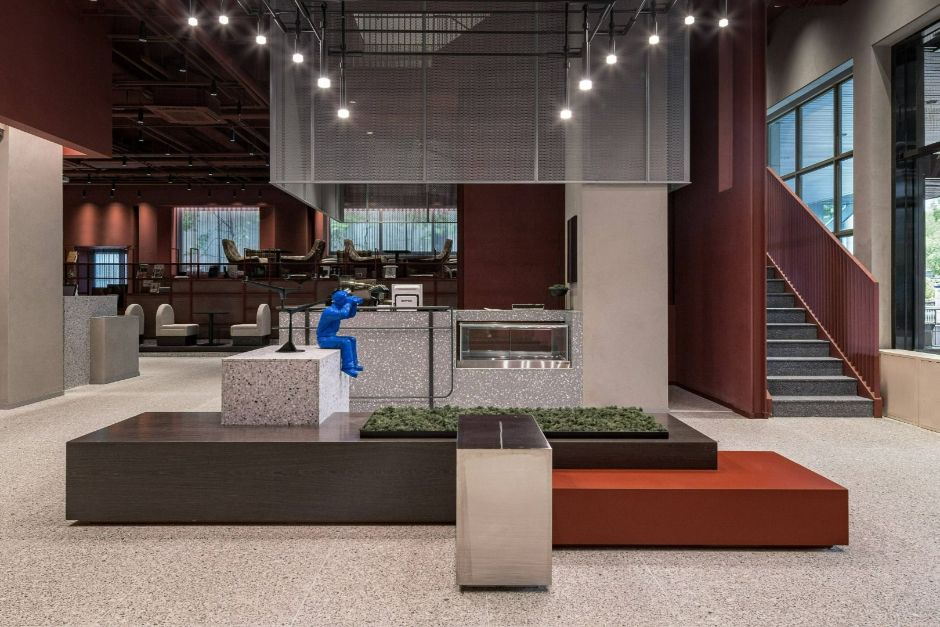
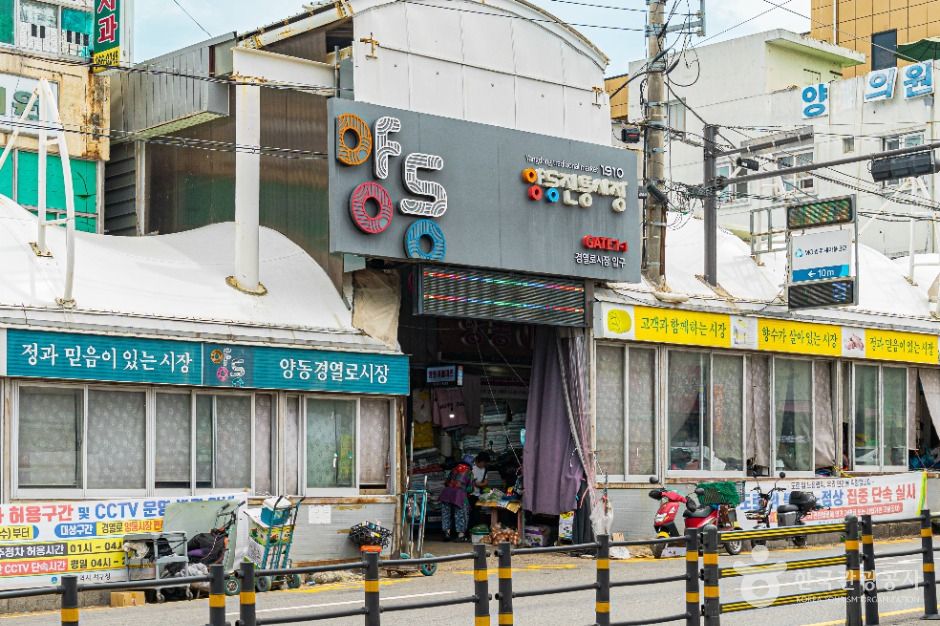
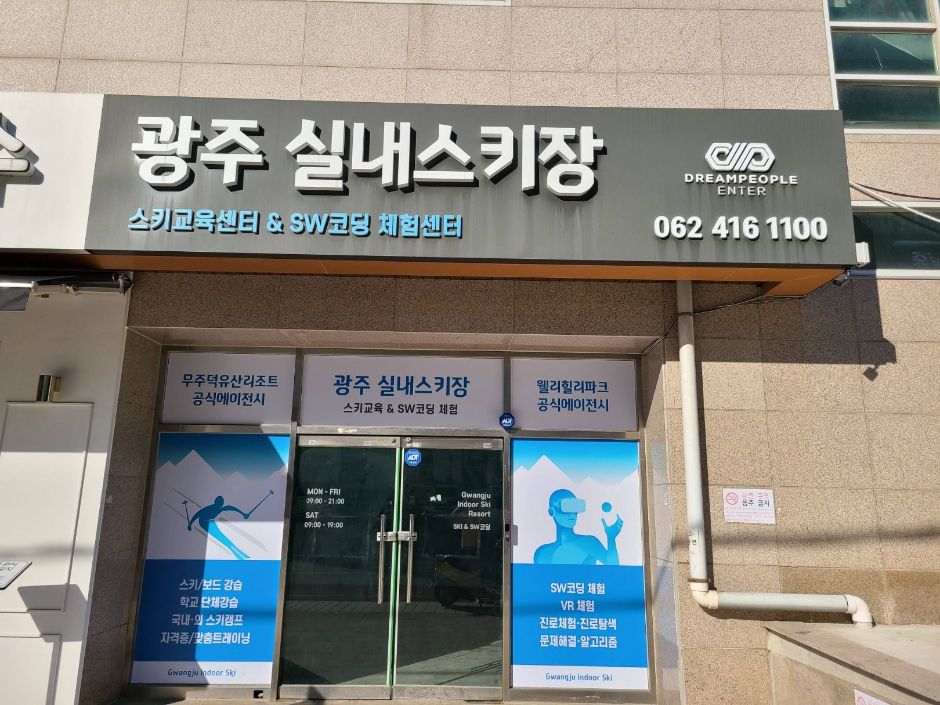
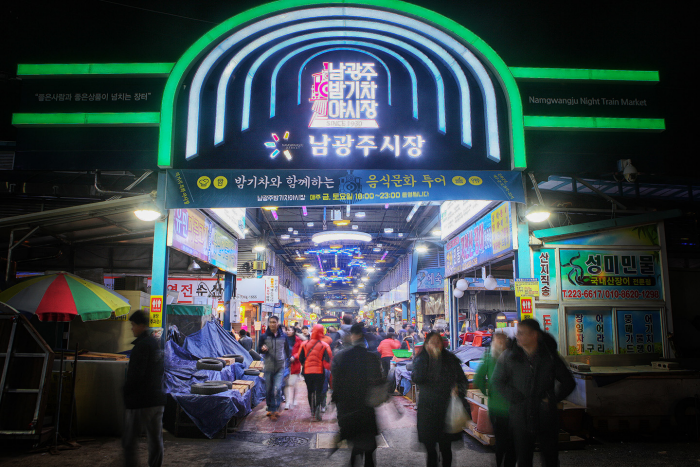
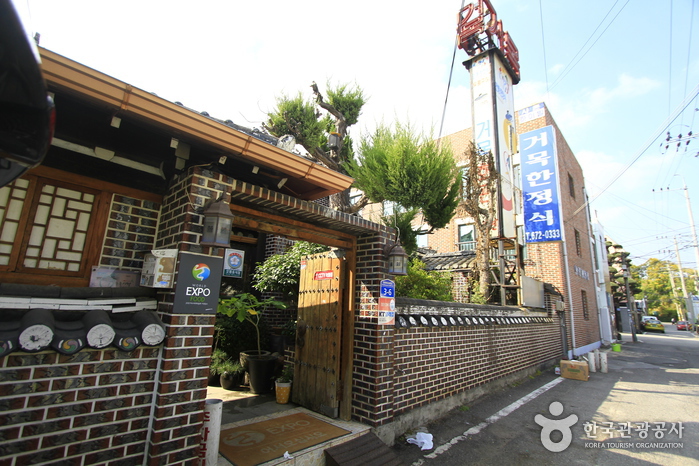
 English
English
 한국어
한국어 日本語
日本語 中文(简体)
中文(简体) Deutsch
Deutsch Français
Français Español
Español Русский
Русский